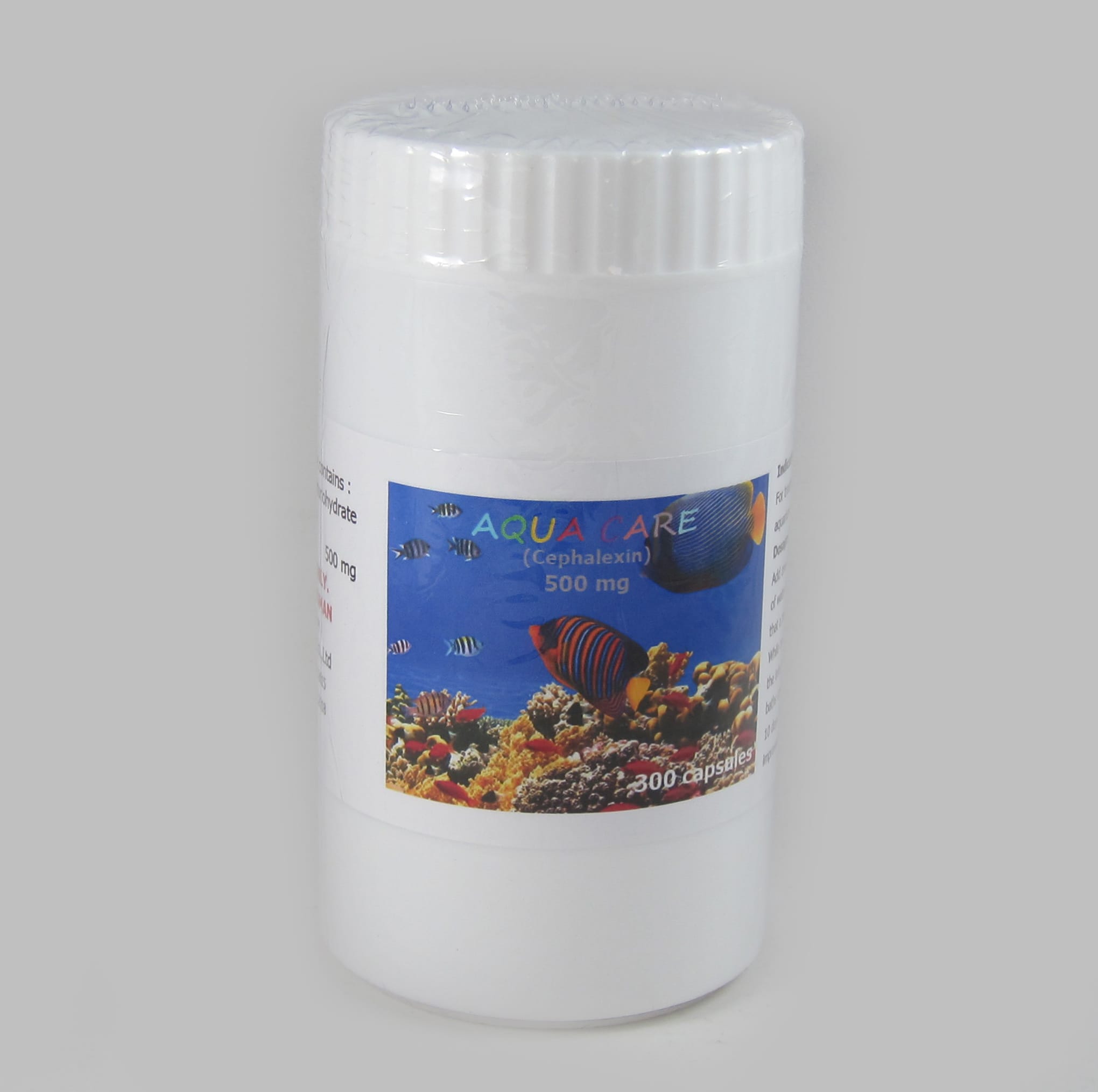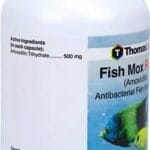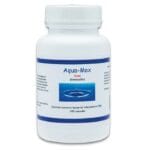Cephalexin is an antibiotic that can be crucial for treating bacterial infections in fish. This guide provides comprehensive information on its use, dosage, potential side effects, and responsible application in aquariums.
Recognizing Bacterial Infections in Fish
How can you tell if your fish might need cephalexin? Several symptoms may suggest a bacterial infection, including:
- Fin Rot: Frayed or decaying fins.
- Skin Ulcers/Sores: Open wounds or lesions on the fish’s body.
- Lethargy: Decreased activity, loss of appetite, or unusual stillness.
- Cloudy Eyes: A milky or opaque appearance to the eyes.
While these are common indicators, other factors can cause similar symptoms. Consulting a veterinarian specializing in fish or a knowledgeable aquatic expert is crucial for accurate diagnosis and treatment recommendations. They can help differentiate between bacterial infections and other potential ailments.
Understanding Cephalexin’s Mechanism
Cephalexin is a broad-spectrum antibiotic, effective against a wide range of bacteria. It works by inhibiting bacterial cell wall synthesis, weakening the bacteria and allowing the fish’s immune system to fight the infection. fish antibiotics amoxicillin 500mg offers another treatment option for some bacterial infections.
Determining the Right Dosage
The correct cephalexin dosage for fish depends on several factors, including:
- Severity of Infection: More severe infections may require higher doses.
- Fish Species: Different species have varying sensitivities to medications.
It’s essential to consult a vet or aquatic specialist for accurate dosage guidance. Administering the wrong dose could be ineffective or even harmful. Typically, cephalexin is dissolved in the aquarium water, ensuring even distribution.
Potential Side Effects and Precautions
While generally safe, cephalexin can have potential side effects:
- Disruption of Beneficial Bacteria: Antibiotics can affect the delicate balance of bacteria in an aquarium, potentially impacting water quality. Regular water changes and careful monitoring of water parameters are important during and after treatment.
- Antibiotic Resistance: Overuse or misuse of antibiotics can contribute to antibiotic resistance, making future infections more difficult to treat.
- Human Consumption: Never consume cephalexin intended for fish. It is formulated specifically for aquatic use and is not suitable for human consumption.
Sourcing Fish Cephalexin
You can often find fish cephalexin:
- Online: Reputable retailers specializing in aquarium supplies.
- Locally: Veterinarians or fish stores.
Always check local regulations regarding the purchase and use of antibiotics for fish, as restrictions may apply.
Responsible Antibiotic Use
Responsible antibiotic use is vital for fish health and the prevention of antibiotic resistance:
- Follow Prescribed Dosage and Duration: Don’t stop treatment prematurely, even if the fish appears to be recovering. Completing the full course is crucial for eradicating the infection and minimizing the risk of resistance.
- Maintain Good Water Quality: Regular water changes and proper filtration can help prevent infections in the first place.
- Consider Alternatives: For minor infections, explore alternative treatments like optimizing water parameters or using natural remedies before resorting to antibiotics.
Is Fish Cephalexin the Same as Human Cephalexin?
No. While they may share the same active ingredient, fish cephalexin and human cephalexin are not interchangeable. Fish medications aren’t subject to the same rigorous FDA regulations as human medications, meaning they may contain impurities or varying concentrations of the active ingredient. Using fish cephalexin on humans can lead to inaccurate dosing, potential allergic reactions, and contribute to antibiotic resistance. Always consult a healthcare professional for appropriate treatment of human infections. There is ongoing research into the specific risks of using fish medications on humans.
Is Fish Cephalexin Safe for Dogs?
No. Fish cephalexin is not safe for dogs. Dosage, purity, and formulation differ significantly between fish and dog medications. Administering fish cephalexin to a dog can lead to ineffective treatment, adverse reactions, or even toxicity. Always consult a veterinarian for diagnosis and treatment of infections in dogs. They can prescribe dog-specific cephalexin if needed.
Can I Buy Cephalexin Over the Counter?
Cephalexin is a prescription medication for human use in the US and cannot be purchased over the counter. While fish cephalexin is available without a prescription, it is not suitable for human use. Self-treating with antibiotics is risky and can contribute to antibiotic resistance. Always seek professional medical advice for suspected bacterial infections. A doctor can accurately diagnose the condition and prescribe the appropriate treatment.
- Discover Cornelia, Habersham County, Georgia: Small-Town Charm in the North Georgia Mountains - November 22, 2024
- East Carondelet, IL: A Mississippi River Town’s Story of Heritage and Resilience - November 22, 2024
- Discover Dayton Township, Newaygo County, MI: A Guide to Rural Living - November 22, 2024

















2 thoughts on “Cephalexin for Fish: A Complete Guide to Dosage, Treatment, and Safe Use”
Comments are closed.